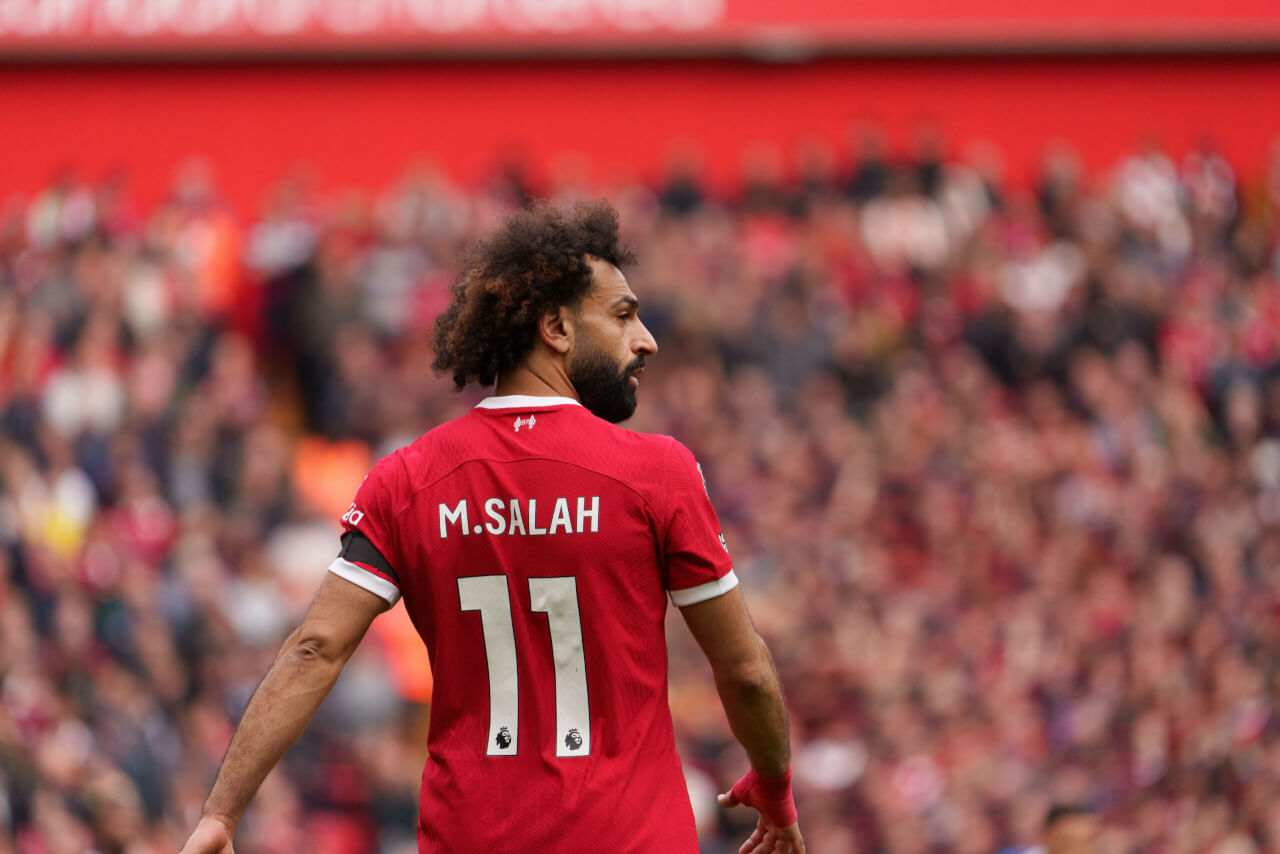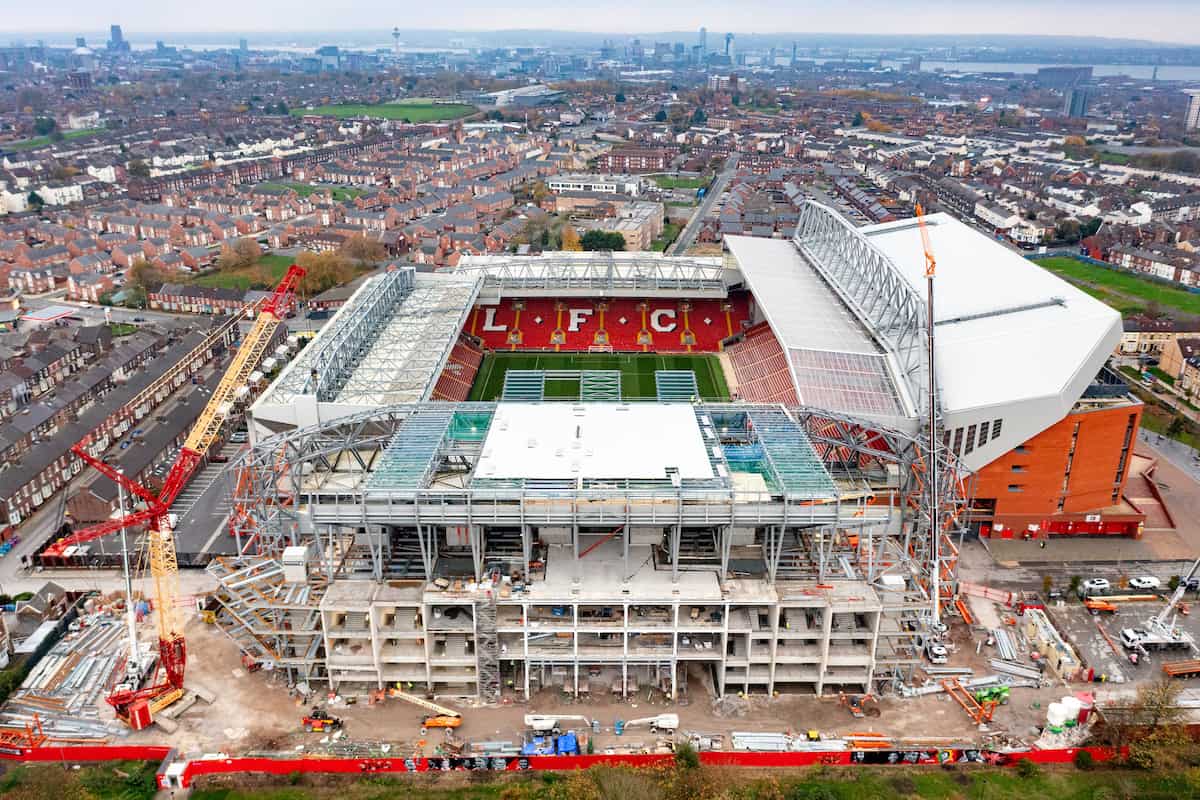Liverpool’s Financial Footing: Expert Analysis
Liverpool Football Club’s financial accounts for the 2022/23 season reveal a captivating snapshot of their current economic landscape. Thanks to Mo Chatra, host of Anfield Index’s Money Talks podcast, we delve into the numbers that sketch the fiscal dynamics at play within this storied football institution.
Liverpool Football Club's accounts for the 2022/23 season were finally published on Friday, and they provided some interesting insight into the club's financial standing. I share here some of the highlights.
— Mo Chatra (@MoChatra) March 11, 2024
Financial Overview: Turnover and Expenditure
The club’s turnover for the season stood at an impressive £593.8 million, with the club finishing fifth in the Premier League (PL) and reaching the first knockout round of the Champions League (CL). This turnover was driven by significant contributions from commercial revenues (£272.5 million), broadcasting (£241.6 million), and matchday earnings (£79.8 million). Despite a slight dip in broadcasting and matchday revenues, commercial revenue saw a notable increase, showcasing the club’s strong market presence.
On the expenditure front, Liverpool reported £632.1 million in outgoings, dominated by wages (£372.9 million) and amortisation (£107.5 million), among other costs. This led to an operating loss of £4.5 million for the season, with the final loss, after interest and tax considerations, amounting to £7 million.

Record High Wage Bill and Strategic Signings
The wage bill reached a record £373 million, underscored by a series of contract renewals and the landmark new deal for Mohamed Salah, propelling his earnings beyond £500k per week. Such financial commitments reflect Liverpool’s intent to retain and reward key talents, albeit contributing to the club’s hefty wage bill.
Investments in player acquisitions were substantial, with £133 million spent on new signings such as Nunez, Gakpo, Ramsay, and Carvalho. This expenditure, inclusive of agents’ fees, underscores Liverpool’s strategic approach to bolstering the squad’s competitiveness.
Infrastructure and Debt Management
The expansion of the Anfield Road End, with costs potentially exceeding £100 million, symbolises the club’s ambition to enhance its historic ground. Despite the financial challenges, such developments are pivotal for future revenue streams and fan experience.
Liverpool’s approach to debt, including the unchanged £71.4 million owed to FSG and the activation of a £100 million credit facility, reflects a nuanced strategy towards financial sustainability and competitive growth.

Future Projections and Strategic Investments
The report hints at a promising financial trajectory for Liverpool, with projected revenues potentially hitting the £675m-£700m mark in the 24/25 season. This optimistic forecast is supported by increased commercial revenues, matchday earnings, and broadcasting income, contingent on the club’s on-field performance.
The strategic minority investment by Dynasty Equity, aimed at reducing bank debt, signifies a critical juncture in Liverpool’s financial stewardship, allowing for more flexible and robust financial planning.
Concluding Thoughts
Liverpool’s financial accounts for the 2022/23 season, meticulously analysed by Mo Chatra, offer a transparent view into the club’s economic health and strategic direction. Despite some challenges, the club’s financial management and strategic investments position it well for future success, both on and off the pitch.
In an era where financial acumen is as crucial as sporting excellence, Liverpool continues to navigate the complex landscape of football economics with a clear vision for sustainable success and competitive prowess.




